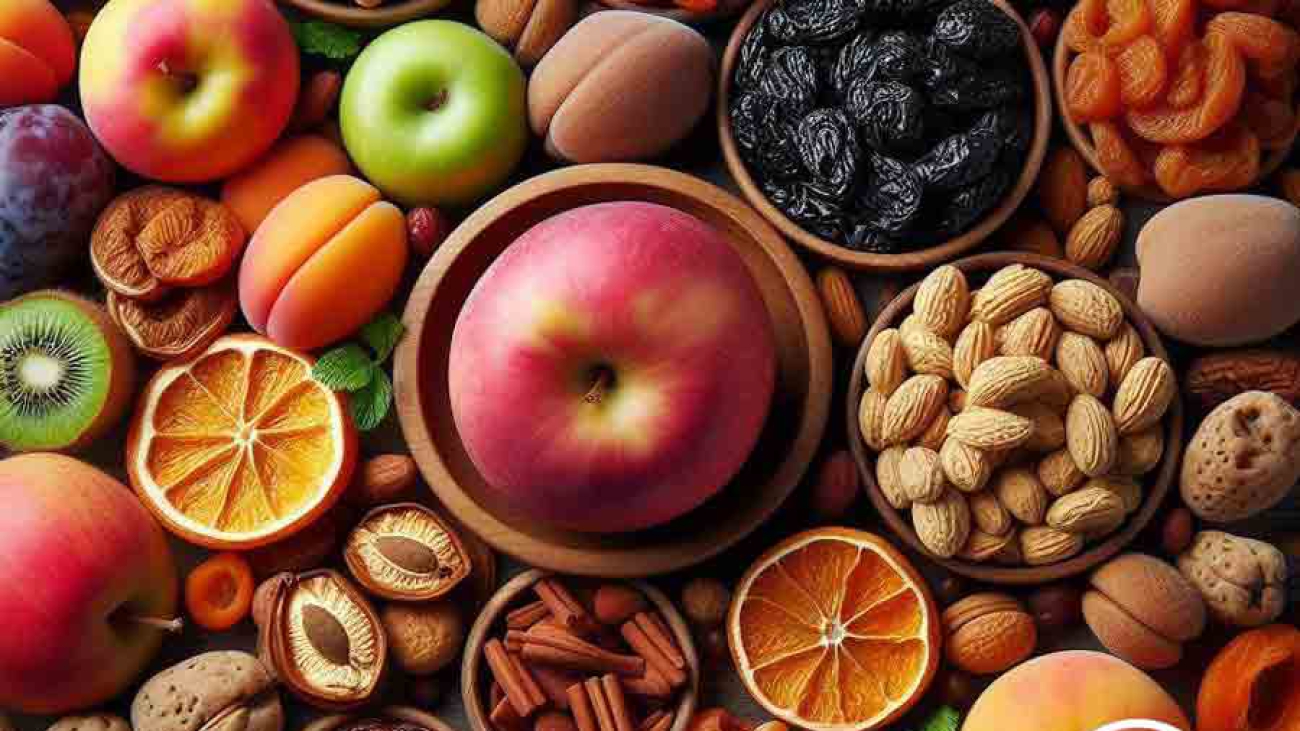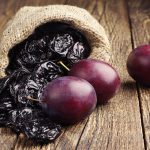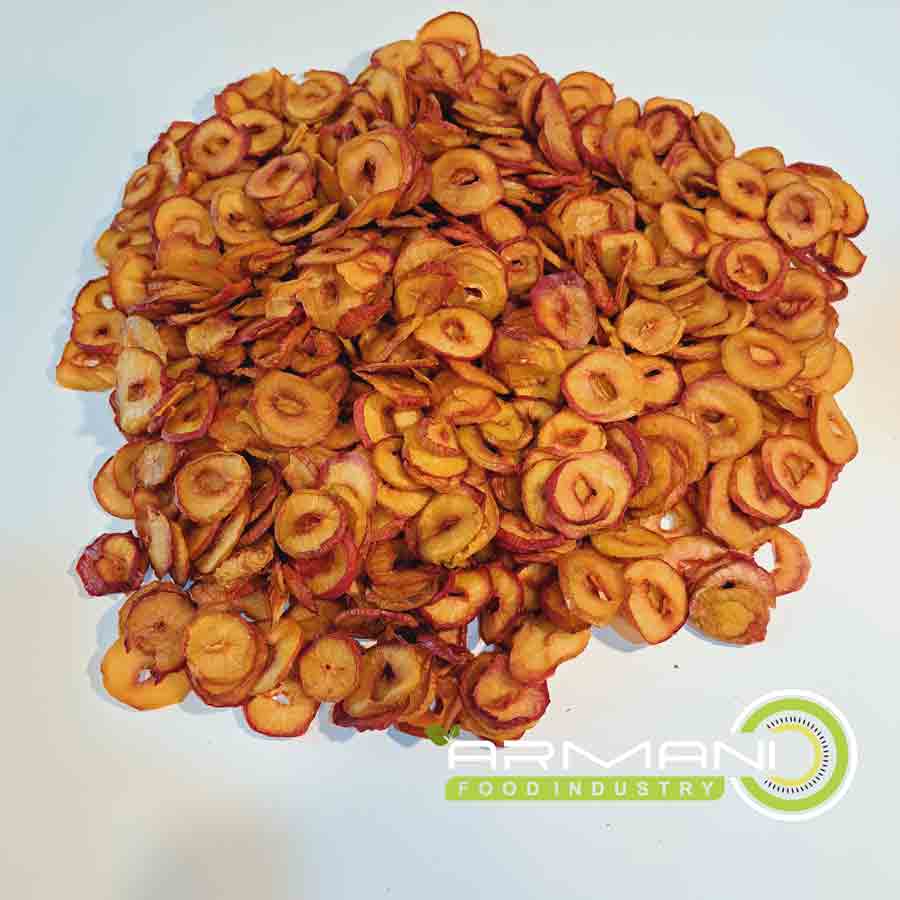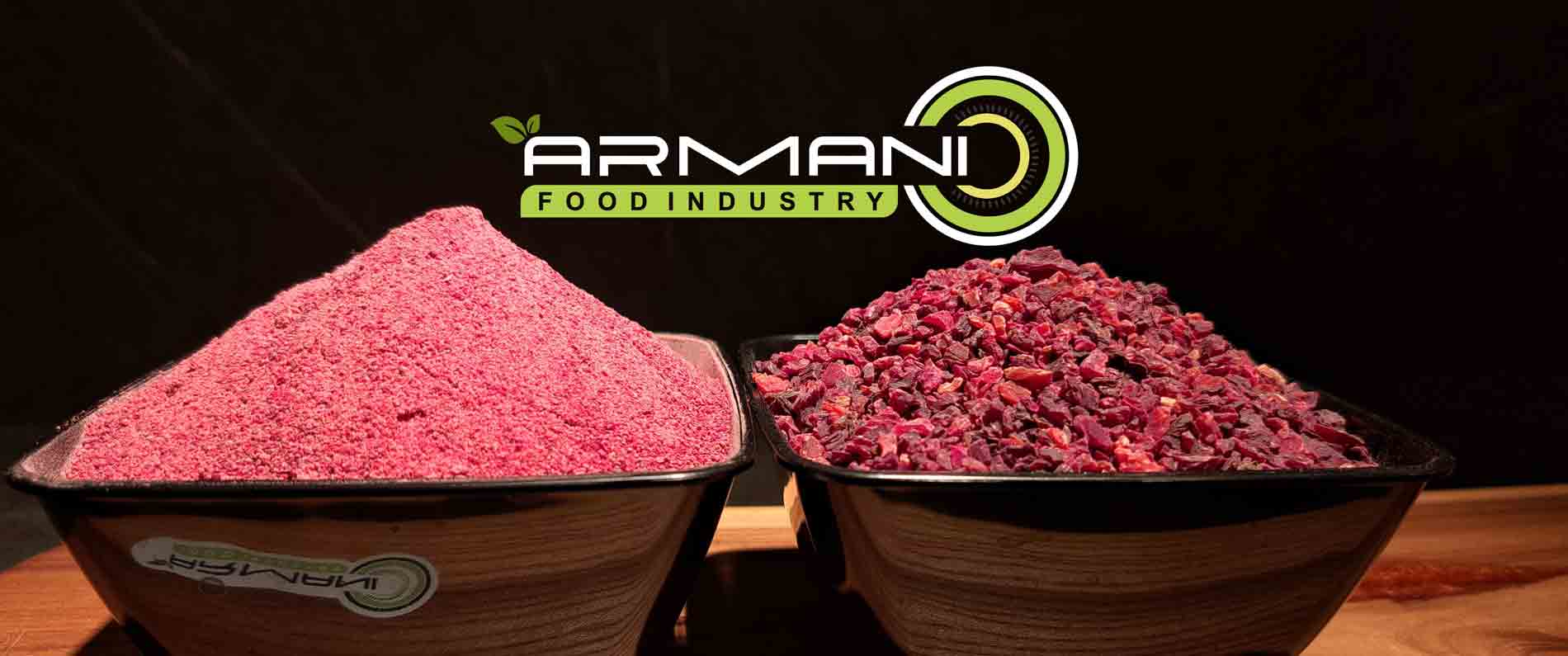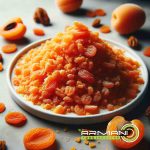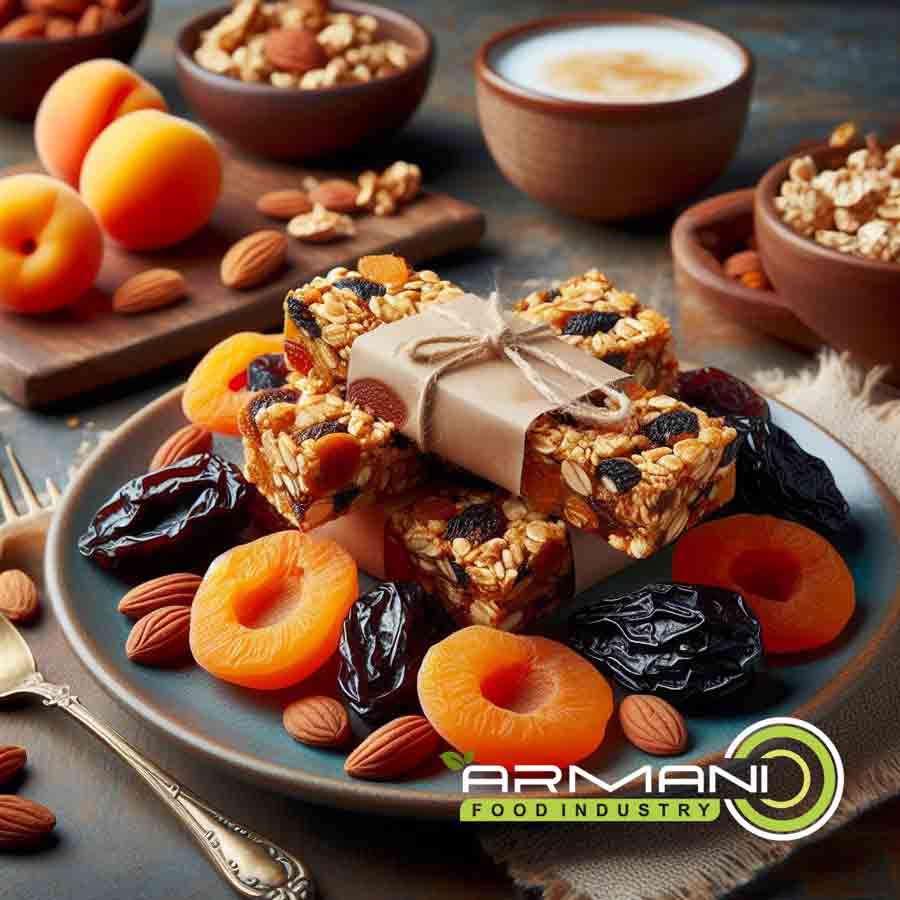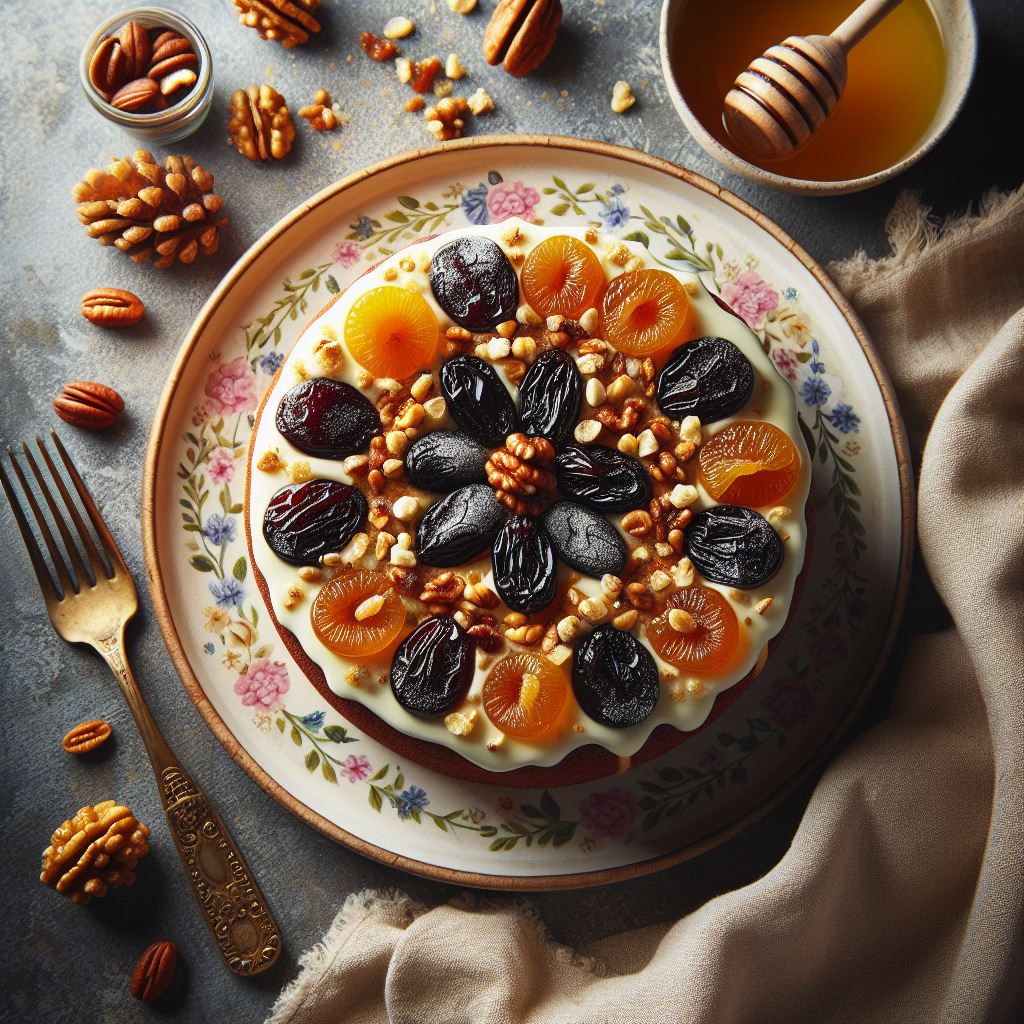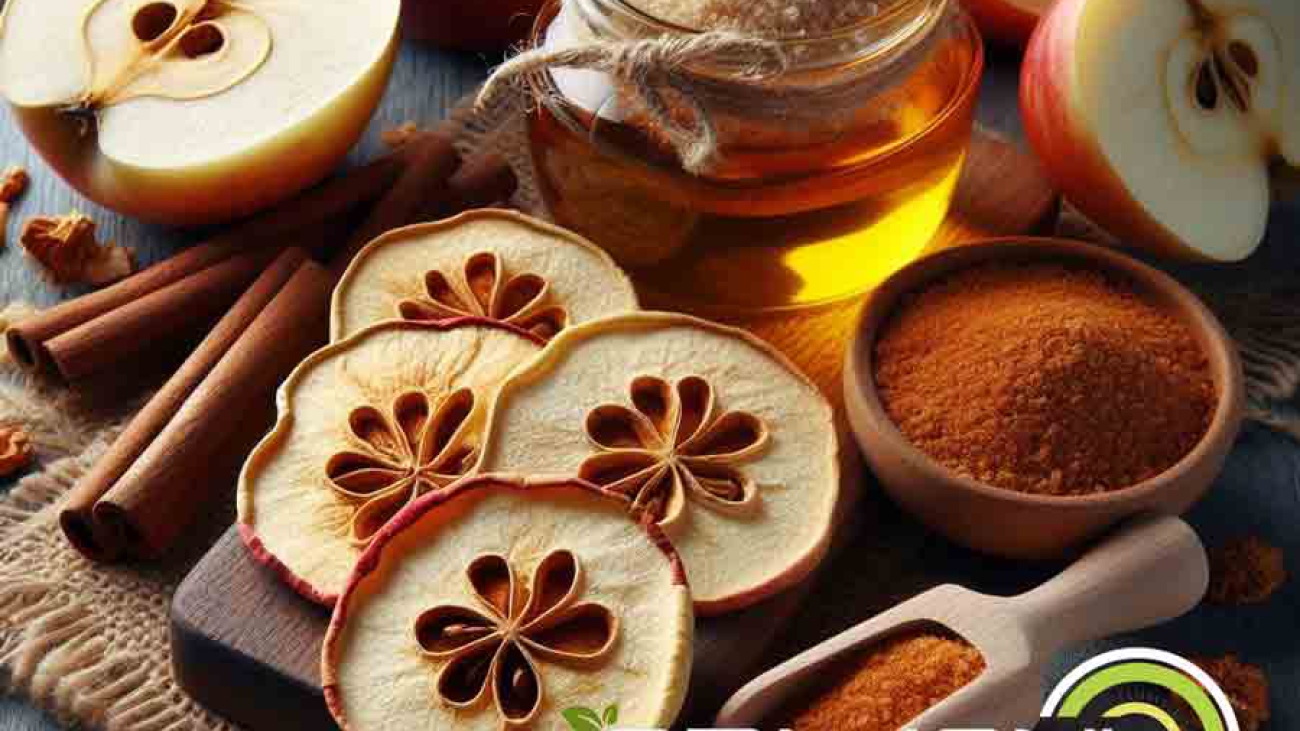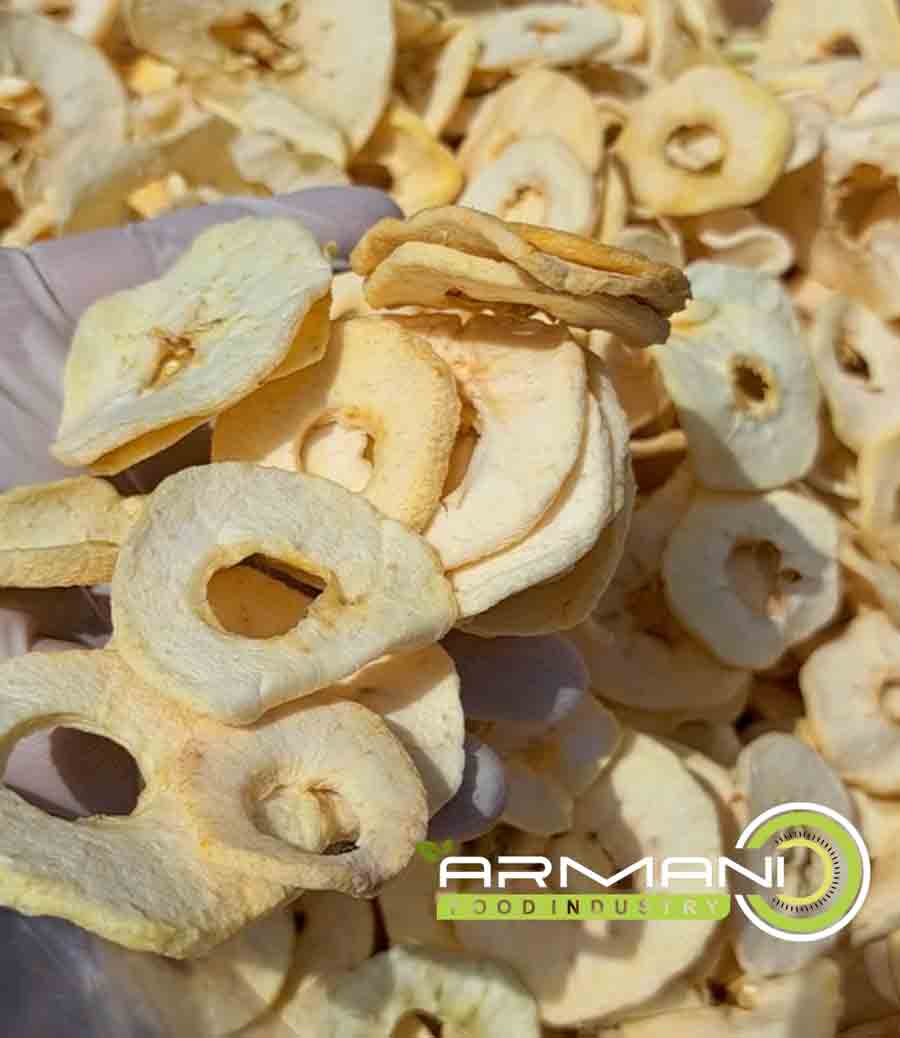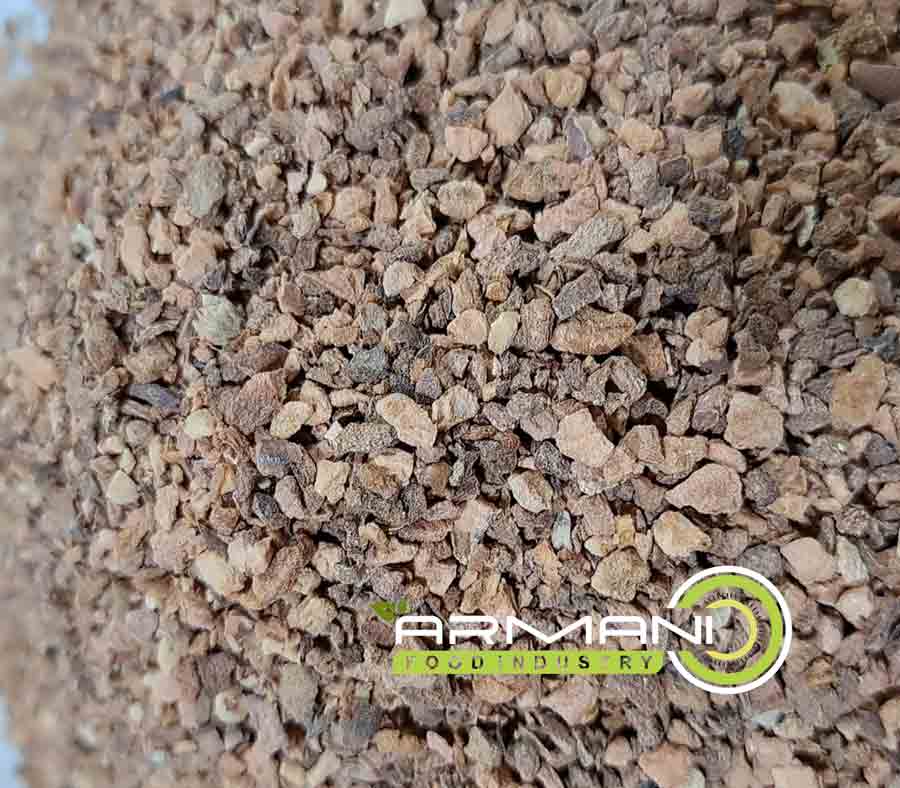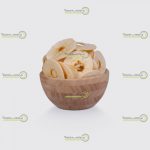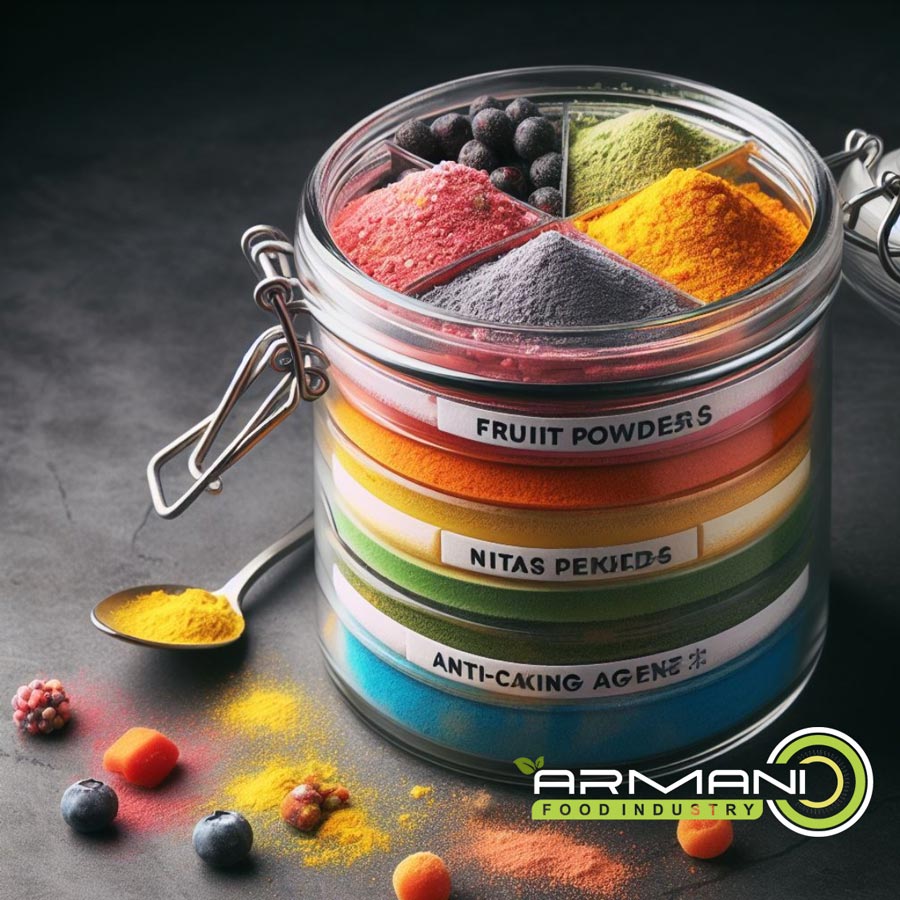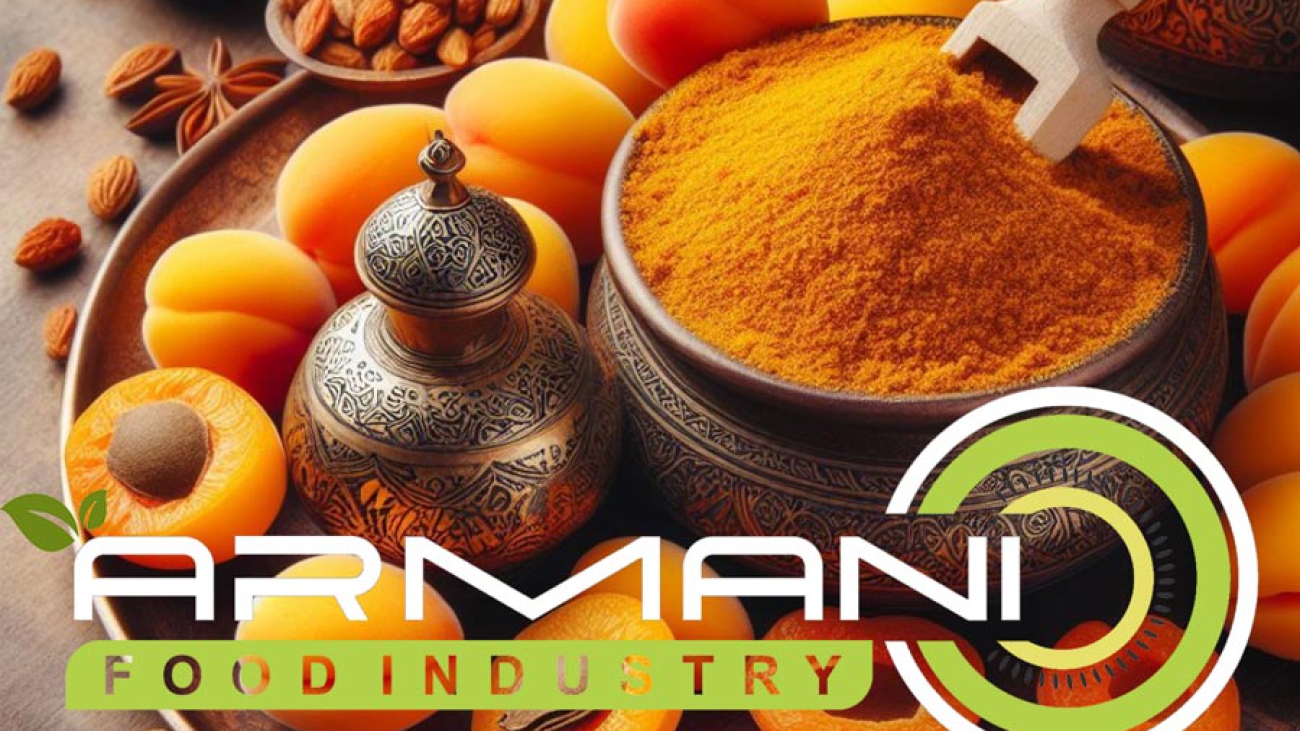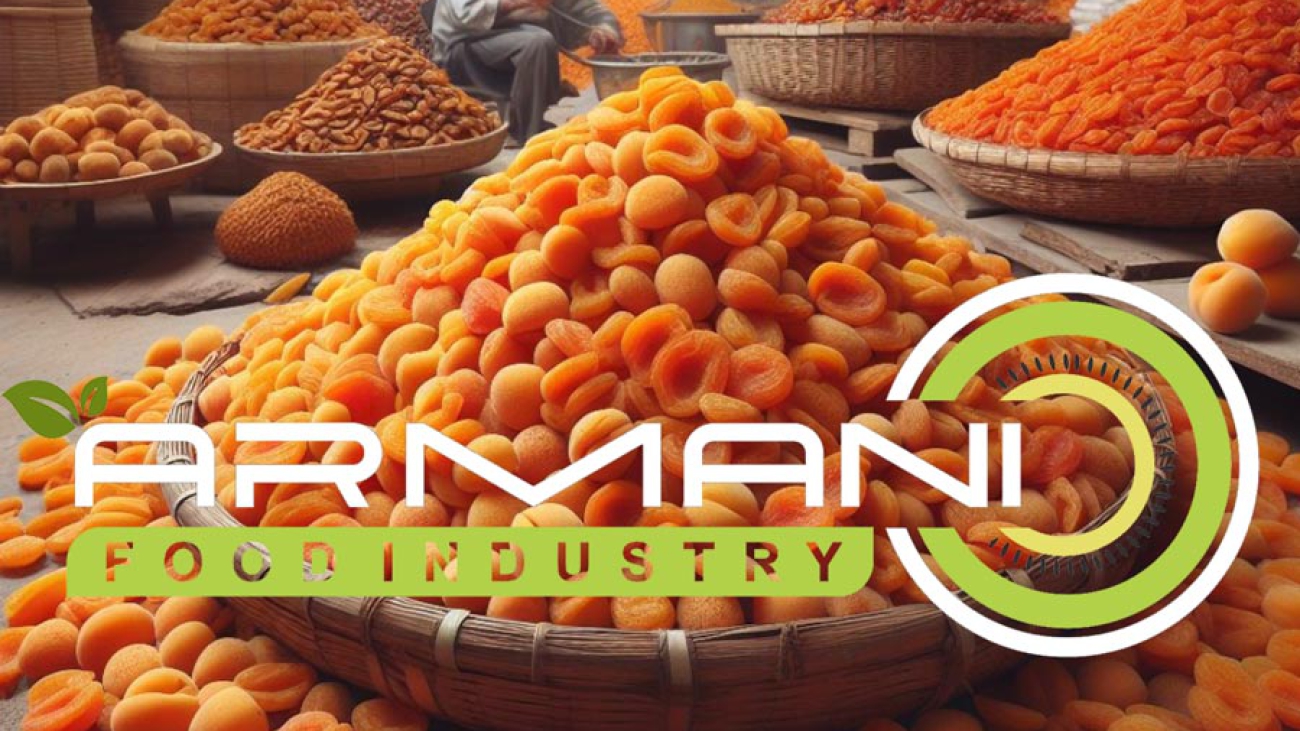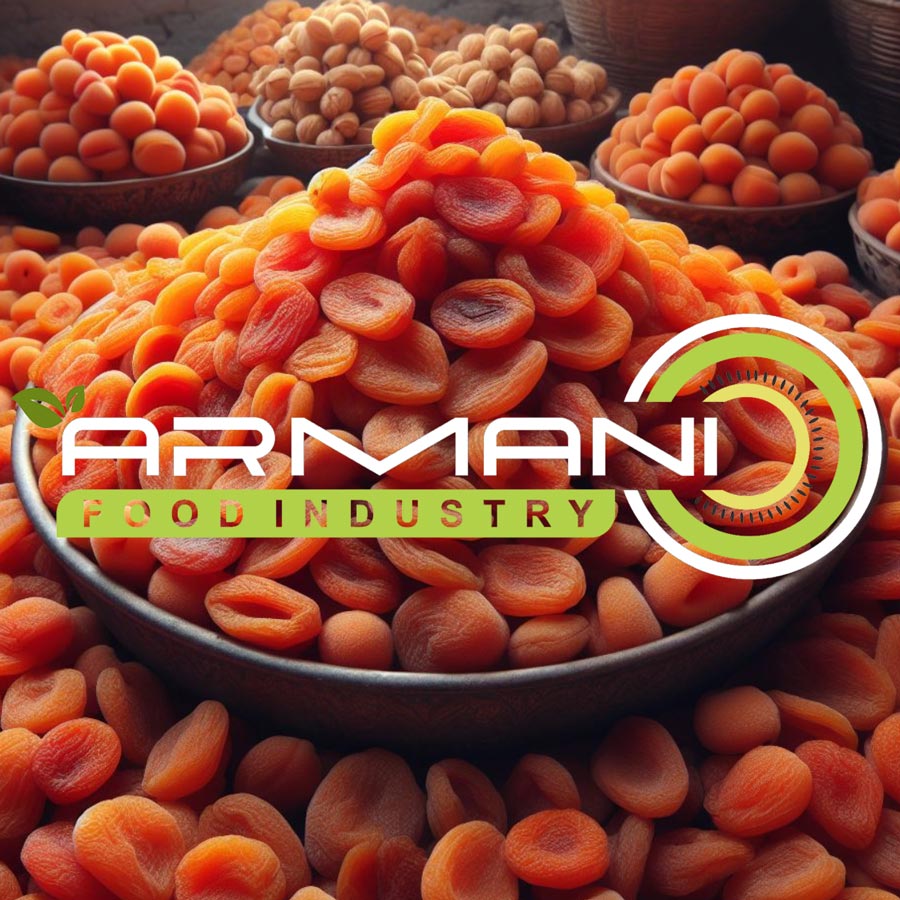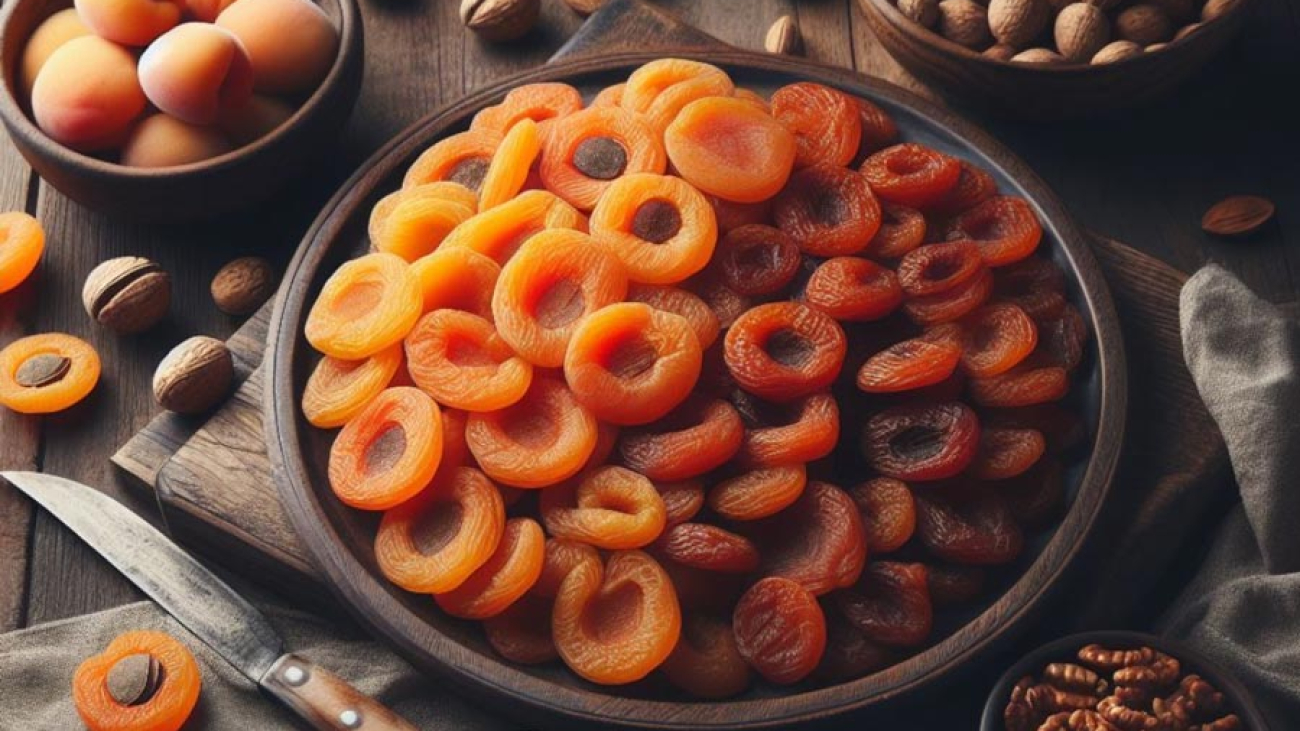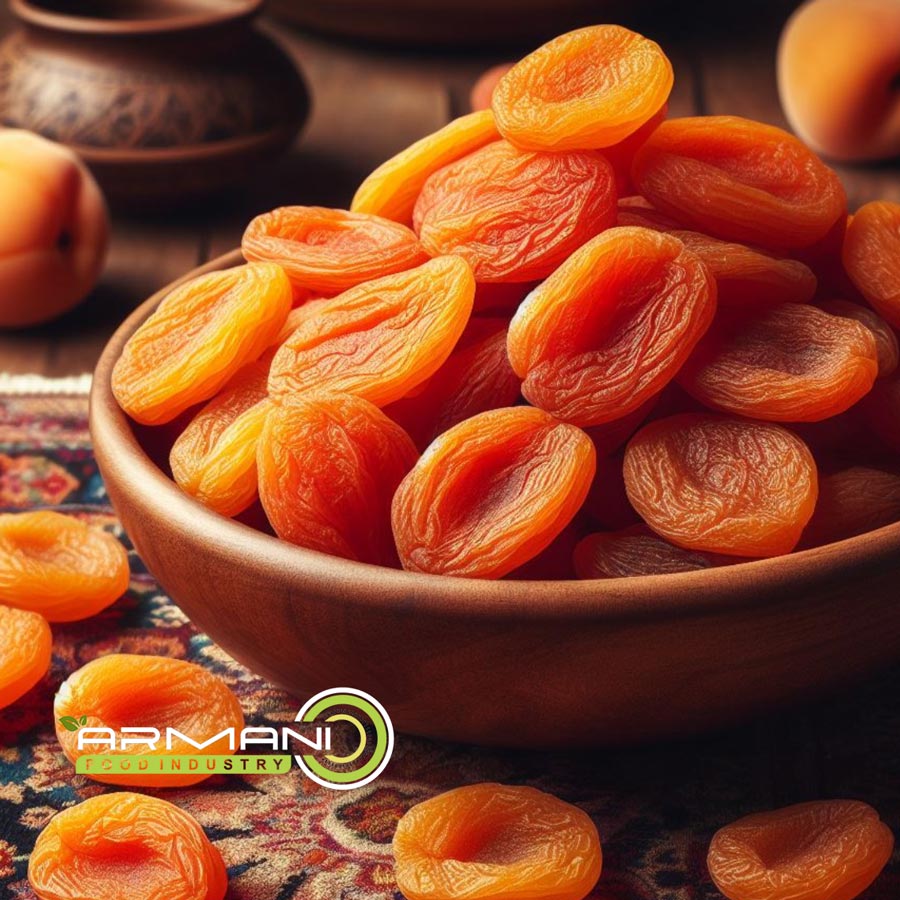If you are looking for a reliable and affordable supplier of prunes without pits in bulk. you should consider buying from Armanifood. Iran is one of the leading producers and exporters of prunes in the world. and offers a wide range of quality, taste, and variety. In this article, we will tell you why you should buy prunes without pits from us in bulk. and how you can do it easily and conveniently.
Why Buy Prunes Without Pits from Iran in Bulk?
Prunes are dried plums that have many health benefits and delicious flavors. They are rich in fiber, antioxidants, vitamins, and minerals. and can help you improve your digestion, lower your cholesterol, prevent constipation. and boost your immunity. Prunes are also perfect for baking, cooking, snacking, and making jams, sauces, and desserts. You can use them to natural sweetness and flavor to your recipes, or sell them as they are.
However, not all prunes are the same. Some prunes have pits, which can be annoying and inconvenient to remove. and Some prunes have low quality, which can affect their taste and freshness. also Some prunes have high prices, which can make them unaffordable for many customers.

prunes without pits from Armanifood in bulk
That’s why you should buy prunes without pits from Armanifood in bulk. Iran has the one of the best prunes without pits in the world. which are known for their quality, taste, and variety. Persian has a long history and tradition of growing, harvesting, processing, and exporting prunes, and has a reputation for excellence and customer satisfaction. Armanifood also has competitive prices for prune without pit in bulk, which are lower than the market average and offer you great value for money.
By buying prune without pit from Armanifood from Iran in bulk, you can enjoy the following benefits:
best quality and freshness prunes without pits
You can get the best quality and freshness of prunes without pits. which are carefully selected, washed, pitted, dried, and packed to ensure the highest standards.
best taste and variety of prunes without pits
can get the best taste and variety of prunes without pits, which are soft, moist, chewy, and delicious, and come in different sizes, colors, and flavors.
price and value of prunes without pits
get the best price and value of prunes without pits, which are affordable and economical, and can save you money and time.
pitted prune wholesale price for russia
delivery service of prunes without pits
You can get the best customer and delivery service of prunes without pits, which are friendly, responsive, and professional, and can ship your order to any destination in the world, including Russia, in a timely and efficient manner.
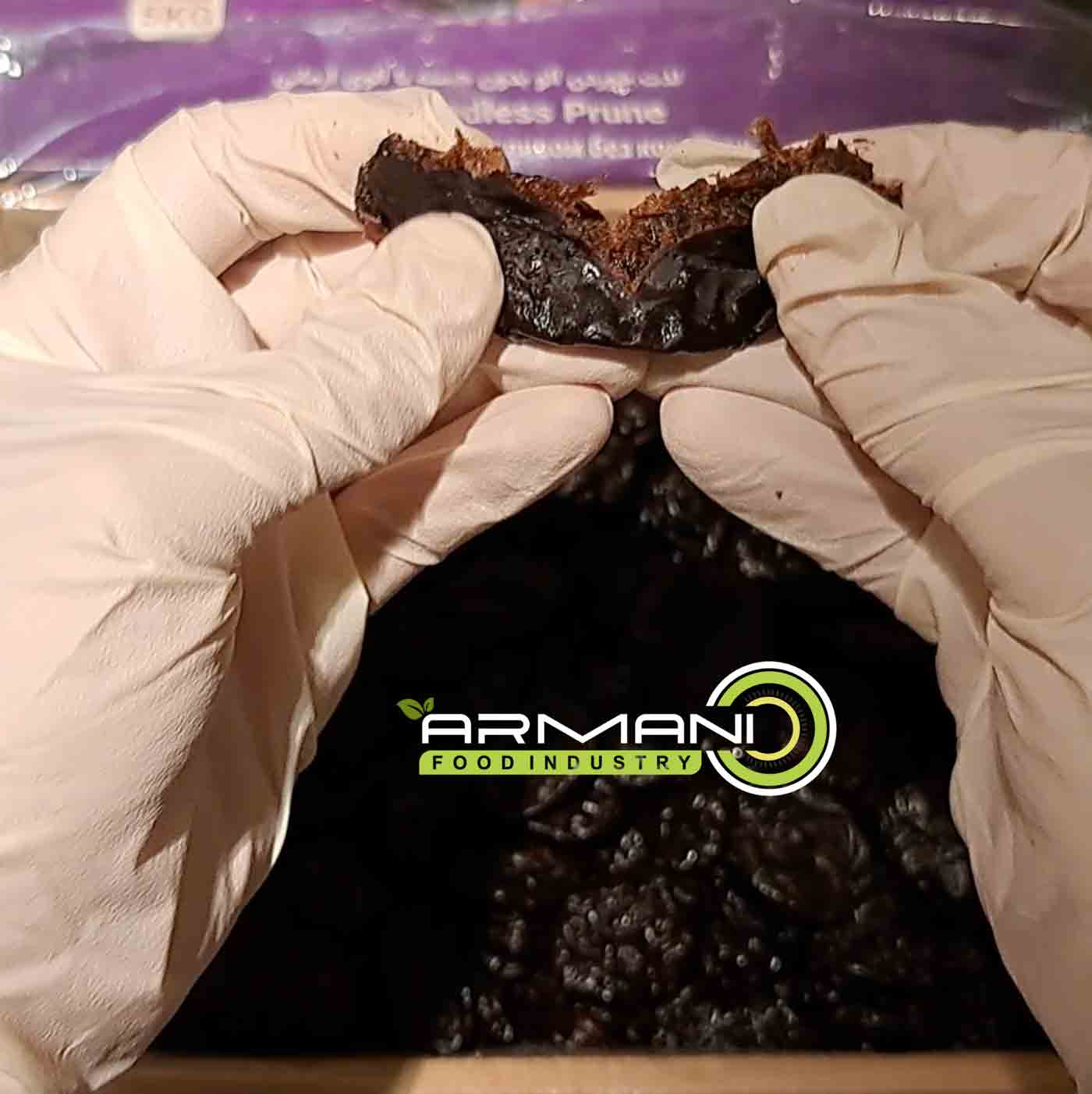
Russia Market pitted prunes and Export
Russia is one of the largest and most important markets for prunes in the world. According to the International Nut and Dried Fruit Council, Russia imported about 50,000 metric tons of prunes in 2020, making it the second largest importer of prunes after China.and Russia consumes about 0.35 kg of prunes per capita per year, which is higher than the global average of 0.25 kg.
Russia imports prunes from which countries ?
Russia imports prunes from various countries, such as Chile, Argentina, Serbia, Moldova, and Iran. Iran is one of the main suppliers of prunes to Russia, accounting for about 15% of the market share. Iran has a strong competitive advantage over other countries, due to its proximity, quality, variety, and price.
Don’t miss mixed pitted prune dried apricots
pitted prunes from iran to export russia
Iran and Russia have a long and friendly relationship, and have established a free trade agreement in 2018, which facilitates the export and import of goods between the two countries. Armanifood can export prunes to Russia without any tariffs or quotas. which reduces the cost and increases the profit margin. and can also benefit from the preferential exchange rate and the payment system that are available for trade with Russia.
The Armanifood can also take advantage of the high demand and preference for prunes in Russia. especially among the elderly, the health-conscious, and the confectionery industry. Prunes are widely used in Russia as a snack, a dessert, a medicine, and an ingredient for various dishes and products. Prunes are also considered as a symbol of hospitality and generosity in Russia, and are often given as gifts or served to guests.

How to Buy Pitted Prunes Without Pits from Iran in Bulk?
If you are interested in buying prunes without pits from Iran in bulk, you can do it easily and conveniently by contacting Armani Food is a leading company that produces and sells dried fruits, nuts, and spices in Iran and abroad. Armani has been in the industry for over many years. and has a loyal and satisfied customer base in Iran and abroad. and Armani Food is committed to providing you with the best products and services, and guarantees your satisfaction and trust.
Phone:
Email: info[at]armanifood.com
How to Buy Prunes Without Pits from Armanifood in wholesale?
To buy prune without pit from Iran in bulk from Armani Food, you can follow these simple steps:
– Visit our website and browse our products and company information.
– Contact us by phone, email, or online form and tell us your requirements and preferences.
– Receive a free quote and a sample of our prune without pit.
– Place your order and pay securely online or offline.
– Receive your order at your doorstep or your nearest port.
Don’t miss this opportunity to buy the best prunes without pits from us in bulk. Contact Armani Food today and enjoy the benefits of our sell prunes without pits in bulk!


